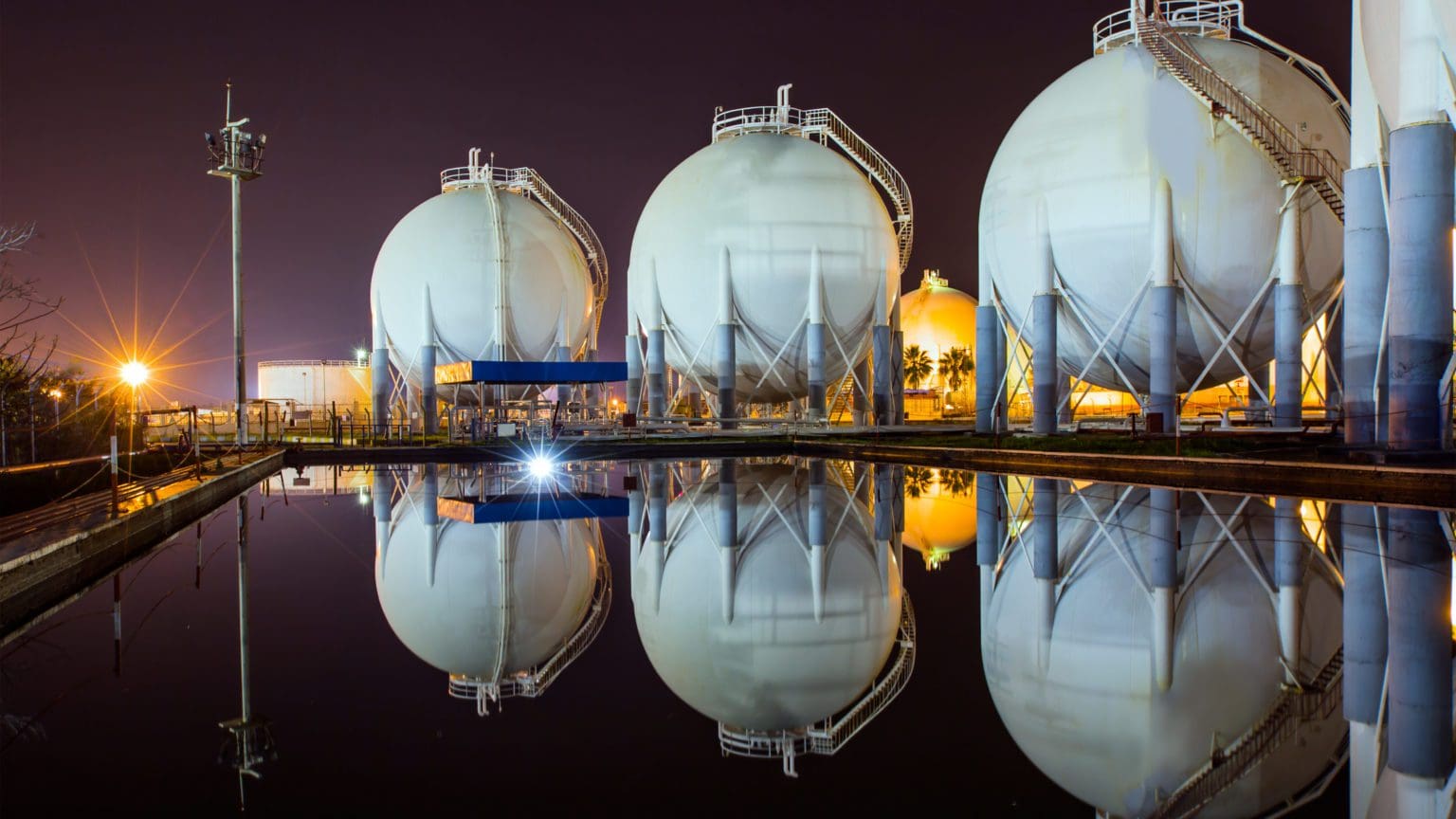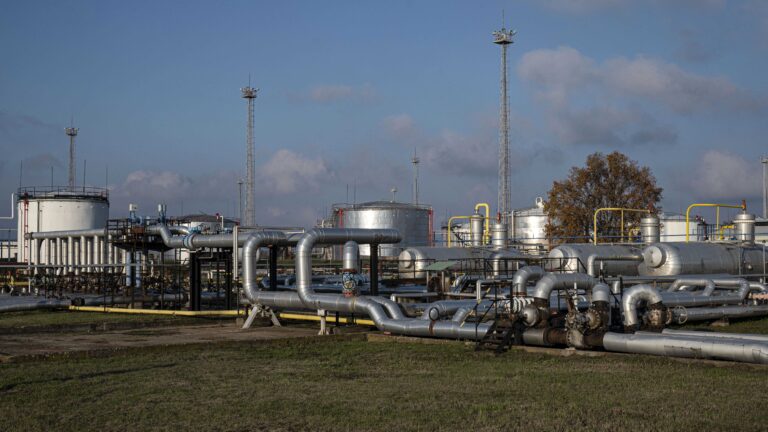If we consider the percentage to which gas storage sites are filled in each European country, Hungary is at the bottom of the ranking. However, the situation is quite different if we look at the percentage of a country’s annual consumption covered by the amount of natural gas in storage, Növekedés.hu points out. The business website published an analysis of how storage data and country consumption figures compare in EU states, coming to the conclusion that Hungary is among the best in this respect.
Crisis in the Energy Market
Europe has experienced a significant rise in energy prices over the past year. This process was dramatically accelerated by Russia’s invasion of neighbouring Ukraine on 24 February 2022.
Since then, uncertainty has prevailed in the natural gas market, with prices climbing steeply and the EU heading towards an energy crisis. The gas market has now effectively reached a point where the question is no longer how much gas costs, but whether it is available at all.
The Storage Filling Level Could Be Misleading
What is most often discussed in terms of natural gas storage facilities is what percentage of their capacity is filled in each country, which is of course of great interest to the public in such a tense situation.
However, this figure in itself says very little about how large a reserve of gas a country has, and it is very misleading to compare countries only on that basis, Növekedés.hu claims.
In Hungary, gas storage facilities are currently filled to 46 per cent of their capacity. That value puts the country at the bottom of the list of member states, with Hungary having the third lowest level of capacity filling in the EU. At first glance, this may seem very worrying and could create the impression that Budapest is among the least prepared for the gas crisis. But the reality is quite different.
It Is the Ratios that Matter
It makes a big difference how much storage capacity a country has prorated to its annual consumption. Hungary has four natural gas storage facilities with a combined capacity of 4.43 billion cubic metres. As the country’s annual consumption is usually between 9 and 10 billion cubic metres, almost half of the country’s annual energy demand can be covered with gas from these storage facilities alone.
It makes a big difference how much storage capacity a country has prorated to its annual consumption
Of these 4.43 billion cubic metres, 2.29 billion cubic metres were stored in June, according to official reports. This means that about a quarter of the total domestic annual consumption was available in reservoirs one month ago. As stocking is ongoing, this volume could even have increased since then.
So, what does this volume mean compared to other EU countries and what percentage of other EU members’ annual consumption is covered with the gas they have stored so far?
Hungary Is among the Best Performers
To do this, it is worth converting domestic storage capacities into terawatt hours (TWh). This shows that Hungary currently has 31.46 TWh of natural gas in storage. This represents a 46 per cent filling level. The annual domestic consumption of natural gas is 117.04 TWh, with the amount of gas stored corresponding to over 26 per cent of it. This is very significant at the EU level.
To be precise, only four countries have a higher proportion of natural gas in storage relative to their annual consumption than Hungary. These countries are the Czech Republic, Slovakia, Austria and Latvia.
All the other EU Member States have a smaller share of their annual consumption stored than Hungary, even though their storage levels may be higher than Hungary’s.
The simple reason for this is that Hungary has an extremely high storage capacity prorated to consumption, totalling 67.2 TWh, meaning that the country is able to store more than half of the total consumption, which puts Budapest among the best in the EU.
The countries that are behind us in the ranking can be divided into two groups.
The countries in the first group are behind Hungary in the ranking because they have little storage capacity to begin with, such as Portugal. The other group has very large capacities, but their gas consumption is so high that the proportion of gas that can be stored in their storage facilities is small by comparison, as is the case in Germany.
But the Portuguese Gas Storage Is Filled to the Brim…
In Portugal, gas storage facilities are currently filled to 100 per cent capacity. So the Portuguese can be content and relaxed, we might think. However, Portugal’s storage capacity is extremely small, at only 3.78 TWh, just over 4 per cent of Portugal’s annual consumption. So even though their storage facilities are full, they have very little to fall back on if push comes to shove.
The situation is different in Germany. German reservoir capacities are very large, with a total of 245.3 TWh. Moreover, these German storages are more than 65 per cent filled. However, German consumption is immense at 995.27 TWh, so the gas currently in storage is barely more than 15 per cent of Germany’s total annual consumption.
The gas in storage is barely more than 15 per cent of Germany’s total annual consumption
The situation is different in Germany. German reservoir capacities are very large, with a total of 245.3 TWh. Moreover, these German storages are more than 65 per cent filled. However, German consumption is immense at 995.27 TWh, so the gas currently in storage is barely more than 15 per cent of Germany’s total annual consumption.
These data demonstrate that what matters is not the level to which a country’s gas storage capacity is filled, rather the percentage of its annual consumption covered by the gas in storage. In that sense, Hungary with its 26 per cent is well above the EU average of only 17 per cent.
Of course, this does not mean that the country has nothing to worry about in the future, but at this stage, Hungary does better with regard to energy security than most EU member states. And if Budapest can further increase the amount of gas stored under the energy emergency plan it recently declared, it could have an even better outlook for the winter.








